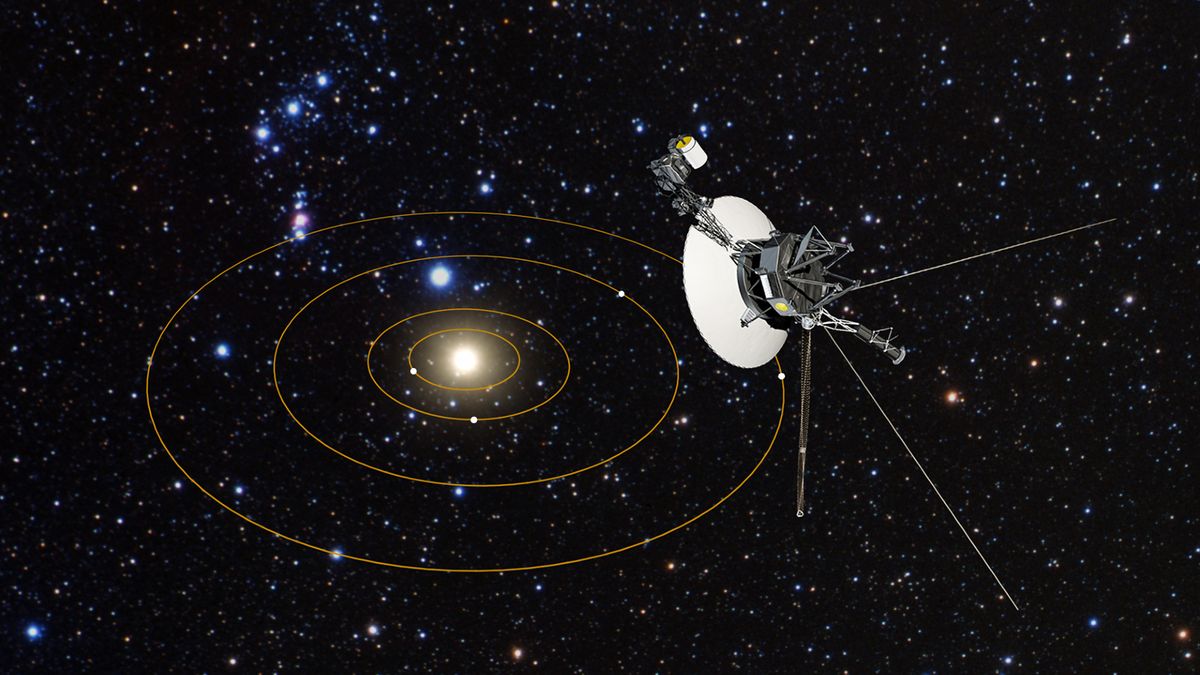Voyager 1: Humanity’s Interstellar Messenger
Introduction
Voyager 1, a remarkable space probe launched by NASA, embarked on its mission in 1977. Its primary goal was to explore the outer planets of our solar system. However, it ended up achieving much more than that. Here are some key highlights:
Grand Tour of the Outer Planets:
- Voyager 1 and its twin, Voyager 2, conducted a grand tour of the outer planets—Jupiter, Saturn, Uranus, and Neptune.
- These missions provided us with unprecedented close-up images and scientific data about these distant worlds.
Discoveries at Saturn:
- At Saturn, Voyager 1 found five new moons and even discovered a previously unknown ring called the G-ring.
- The images of Saturn’s rings and its moon Titan remain iconic.
Crossing the Heliosphere:
- Voyager 1 achieved a historic milestone when it crossed the heliosphere—the boundary where the influence from outside our solar system becomes stronger than that from our Sun.
- It officially entered interstellar space, becoming the first human-made object to venture beyond our solar system.
Recent Updates
Recently, there’s exciting news about Voyager 1:
- In November 2023, Voyager 1 faced communication issues, sending unintelligible data back to Earth.
- However, as of June 2024, all four of its science instruments are once again operational, sending usable data home12.
Conclusion
Voyager 1 continues to be our interstellar messenger, carrying a golden record with sounds and images representing Earth—a time capsule for any extraterrestrial beings it might encounter. Its journey inspires awe and reminds us of our boundless curiosity and exploration.
So, there you have it—a glimpse into the epic voyage of Voyager 1. 🚀✨
Feel free to explore more about this incredible spacecraft on NASA’s Voyager 1 page. And remember, as we look to the stars, we’re all a little like Voyager—seeking answers, pushing boundaries, and reaching for the unknown! 🌌🔭
Is there anything else you’d like to learn about or discuss? Maybe another cosmic topic or perhaps something closer to home? Let me know! 😊
Sources: NASA Science, Space.com

